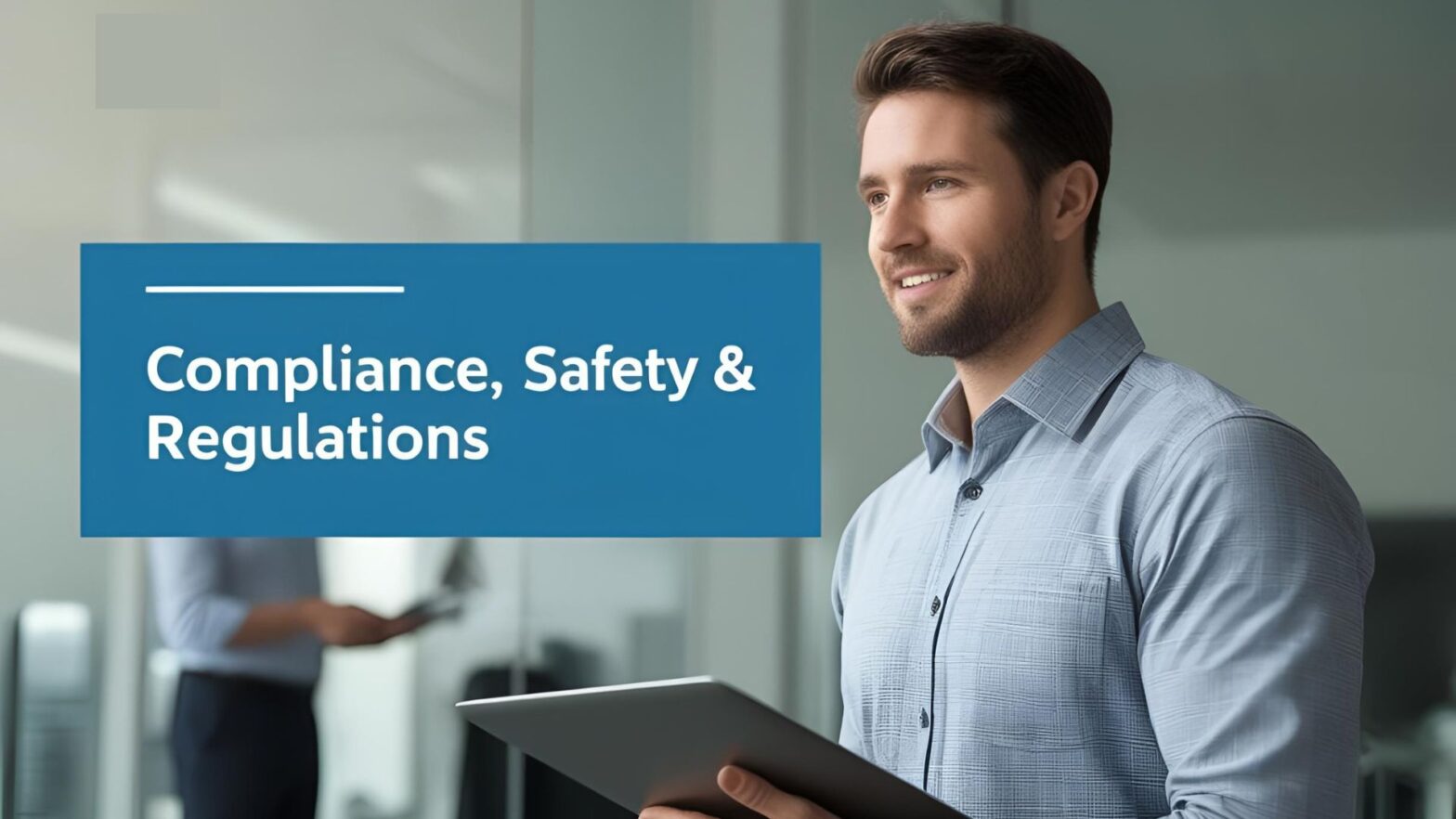In the fast-paced world of building materials distribution, staying compliant with regulations isn’t just about avoiding fines—it’s about protecting your business, customers, and reputation. From product traceability and transportation standards to environmental and workplace safety regulations, distributors must manage a growing list of compliance requirements.
This is where ERP (Enterprise Resource Planning) tools become essential. The right ERP system helps distributors track, document, and report compliance across every level of the supply chain, turning a complex task into a streamlined process.
Here’s your complete guide to using ERP tools for compliance tracking and reporting as a distributor.
Why Compliance Tracking Matters in Distribution
Distributors operate at the intersection of manufacturers, logistics providers, and end customers. That means they face compliance challenges on multiple fronts, including:
Product certifications and testing documentation
Storage and handling of regulated materials
Health and safety compliance for warehouse staff
Transportation and shipping documentation
Environmental reporting for packaging and waste
Missing a requirement can result in costly delays, regulatory penalties, or the loss of key accounts. A well-implemented ERP system centralizes data and automates many of these responsibilities.
Key ERP Features for Compliance Management
Not all ERP systems are created equal. Look for tools that offer the following core features to support compliance:
- Centralized Data Management
Consolidate compliance-related data—from inventory records to audit logs—in one place for easy access and reporting.
- Document Management Integration
Attach product certificates, safety data sheets (SDS), shipping manifests, and other critical documents directly to inventory records or transactions.
- Lot and Batch Tracking
Trace products from receipt to delivery. This is vital for recalls, quality control, and demonstrating regulatory compliance.
- Automated Reporting and Alerts
Schedule recurring reports and set alerts for expiring certifications, upcoming audits, or missing documentation.
- Role-Based Access Controls
Ensure only authorized users can update or approve compliance-critical information, maintaining data integrity and audit trails.
- Mobile Accessibility
Allow teams to input and retrieve compliance data in real time—from the warehouse floor or out in the field.
Steps to Implement ERP for Compliance Tracking
If you’re a distributor looking to improve compliance through ERP, follow these steps for a successful rollout:
Step 1: Define Your Compliance Requirements
Identify which regulations apply to your business—OSHA, EPA, DOT, or specific industry certifications—and map them to ERP capabilities.
Step 2: Choose the Right ERP Platform
Select a system designed for distributors that supports industry-specific compliance workflows and integration with logistics platforms.
Step 3: Customize Workflows and Reporting
Work with your ERP provider or consultant to tailor compliance workflows. Configure reports to match what auditors and customers expect.
Step 4: Train Your Team
Provide role-based training so staff know how to input data, upload documents, and run reports correctly. Emphasize the importance of data accuracy in compliance.
Step 5: Monitor and Improve
Review compliance reports regularly. Look for trends or gaps, and use the data to make proactive improvements to processes and staff training.
Common Compliance Challenges for Distributors—and How ERP Helps
Missed Certifications: ERP alerts you when product certifications or safety data expire.
Inconsistent Documentation: Central document storage eliminates missing or mismatched paperwork.
Traceability Gaps: Lot tracking ensures you know exactly where materials came from and where they went.
Audit Stress: With everything documented in the ERP, audits become faster and less disruptive.
Conclusion
For building materials distributors, compliance is part of doing business. ERP tools make it manageable by automating tasks, centralizing records, and giving you full visibility across your operation. Whether you’re dealing with health and safety regulations, environmental reporting, or product traceability, the right ERP solution helps you stay ahead—safely, efficiently, and confidently.
Implementing ERP for compliance is not just an upgrade—it’s a strategic advantage. Start planning your system today and turn regulatory pressure into operational strength.


